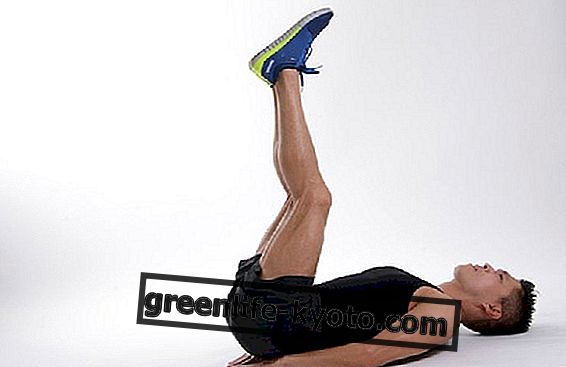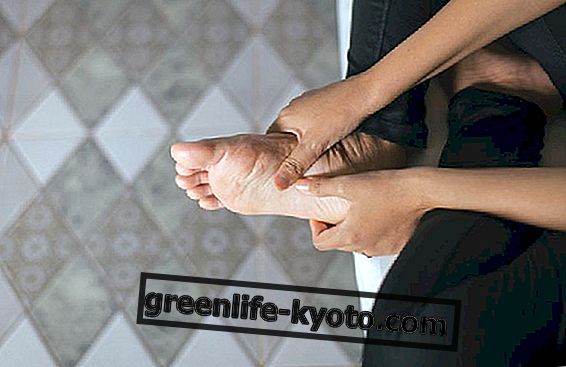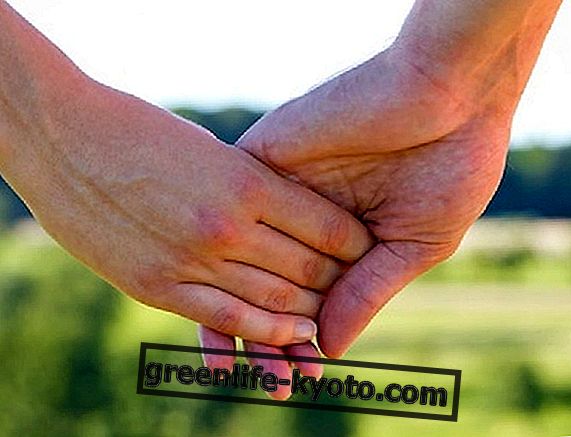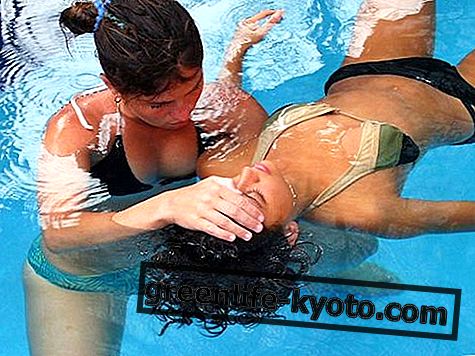
When we think of the abdominal center we only imagine the so-called "turtle"; instead for pilates it is much more articulated, including a set of muscles to be trained in a particular way. Let's see how.
Pilates and the abdominal center
For Pilates the abdominal center, the so-called core did not correspond only to the abdominal muscles (rectus of the abdomen, transverse, internal and external oblique).
Each of these muscles has its own action, for example the rectum of the abdomen lowers the ribs and flexes the chest on the pelvis, in addition to raising the pubis towards the chest; the internal oblique, lateral and medial, allows the rotation of the thorax towards its own side and rotates the pelvis towards the opposite side; the transversus, both lateral and medial, acts like a belt, bringing the ribs closer to the midline and creating a close connection between the abdominal organs and the spine.
Next to these muscles Pilates placed the square of the loins which is next to the minor and major psoas and the iliac. In addition, the paravertebral muscles for the posterior part, the iliopsoas, the diaphragm and the buttocks. Few people know that the abdominal center for Pilates also included the pelvic diaphragm.
This set of muscles that are distributed anteriorly, posteriorly and in connection of the two sides goes to create the whole strong abdominal structure. Anyone who thinks that in pilates they only go "to do abs" did not understand a fundamental question: among the muscles mentioned there is the diaphragm, the respiratory muscle par excellence, a voluntary respiratory muscle on which the whole state of wellbeing of the human body, posture, psychophysical balance. It separates the thoracic and abdominal cavities and it is a part of the body with which it is very important to come into contact.
Have you ever experienced abdominal exercises in pairs?
How to strengthen the abdomen with Pilates
Posterior lateral breathing
A first way to reinforce the abdomen is surely to come into contact with postero-lateral respiration : you can put your hands on the ribs and stabilize the trunk, perceive the expansion and collection at the level of the last two floaters and other ribs.
Attention must be paid to the fact that posterolateral breathing also involves the vertebral column and paravertebral muscles. In other words, one should take total volumetric contact with one's breath .
Hundred
In many Pilates lessons the teacher starts with an exercise called The Hundred, where from the supine the legs are extended upwards and then they are made to fall diagonally and the shoulder and head girdle are raised to then perform small springs; this exercise, which is sometimes performed also with the aid of a ball on which you go to press with the cutting hand to destabilize and increase the difficulty, should actually be done when you have already stabilized the trunk a little and maybe performed a few roll downs (starting in an upright position, descending without neglecting the physiological curves of the back, starting from the cervical, dorsal, lumbar, leaving the arms downwards. Bring the coccyx downwards by flexing the legs and starting again) from there).

Other exercises in the supine position
Many exercises in the supine position with increased load (you bring your legs up and then lower yourself to 90 degrees) go to work on the abdominal center; to reinforce the abdomen, however, the first upper part of the spine should not be stressed too much .
In the case of any cervical pathology it is advisable to bring the hands behind the occiput or use a soft well placed support.
The teaser (the classic V position where the base is the pubo-coccygeal area and lower limbs diagonally and upper limbs to stabilize the position. This description corresponds to the more complex variant of the teaser, in the linked video you find a variable of medium difficulty, you don't climb to the bottom, a complete V is not formed) , the double leg stretch and single leg stretch (always with arms to stabilize shoulder blades detached from supine alternate legs bringing a knee towards the nose and looking at the pubis) , the roll over (from supine, legs open to mat width, climb first with the lower limbs, detach the shoulder blades, and climb up to a sitting position to then bend the trunk forward and go back to the starting position unrolling all the vertebrae column for vertebra) many other exercises involve abdominal strengthening, whether they work in extension, or in flexion. It is important to always compensate with a deep job also on the posterior muscular chain.













